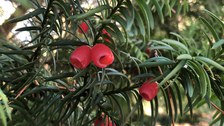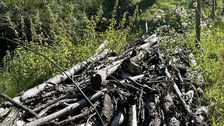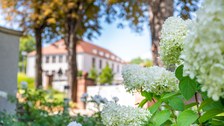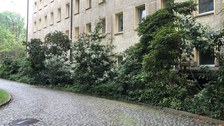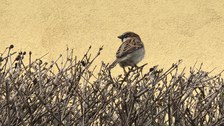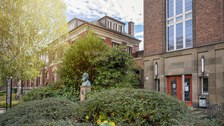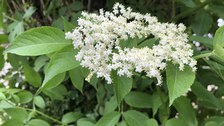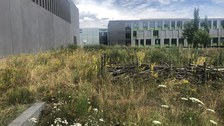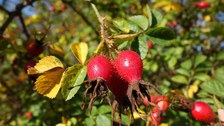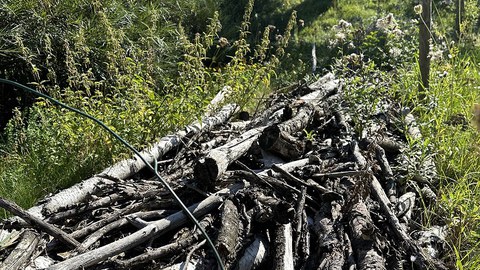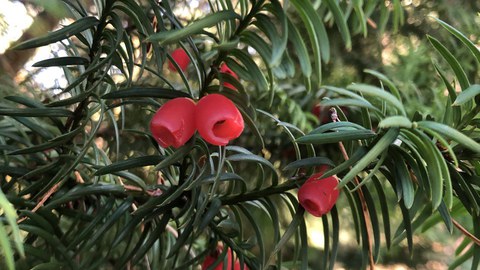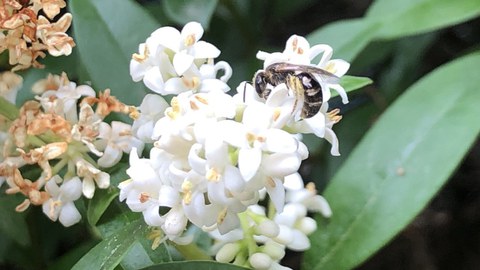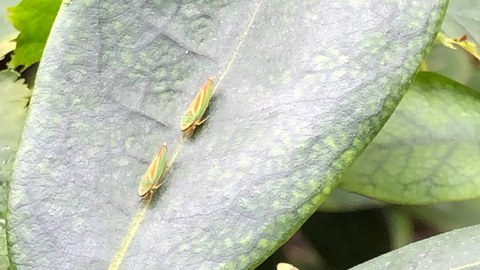Hedge and shrub habitat

© N. Rüsing, TUD

© R. Forke, TUD

© Crispin-Iven Mokry

© N. Rüsing, TUD

© N. Rüsing, TUD

© Crispin-Iven Mokry

© N. Rüsing, TUD
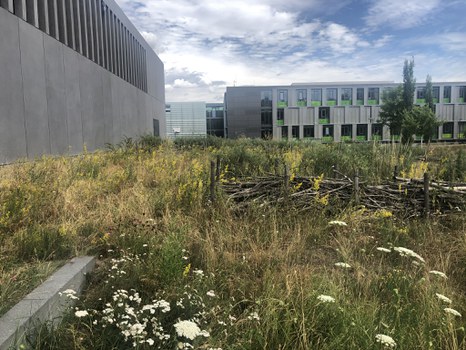
© N. Rüsing, TUD

© C. Vojta, TUD
Hedges and shrubs provide many animals with optimal breeding, nesting, and feeding sites, as well as protection from predators. They are also important for the networking of biotopes in urban areas. Shrubs and hedges that are planted as close to nature as possible, with different flowering seasons, richly structured forms and diverse habitat functions, are ecologically valuable.
Deadwood increases biodiversity by providing habitat for a wide variety of organisms, including birds and mammals, but especially for insects, fungi, mosses and lichens.

